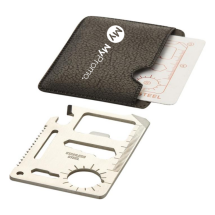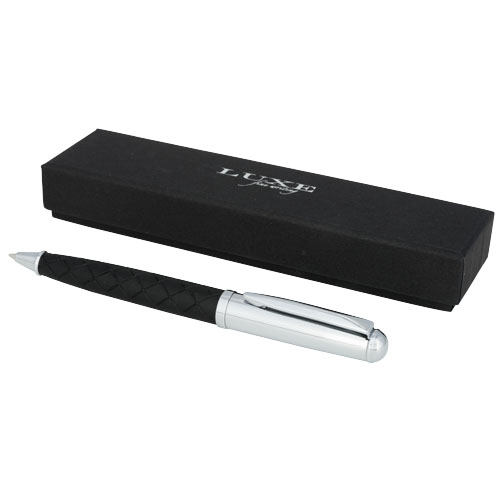Imitation Leather
What is Imitation Leather?
Imitation leather, also known as faux leather, is a synthetic material designed to mimic the look and properties of real leather without using animal hides. Its development was motivated by the need for a cost-effective, ethical alternative to genuine leather. Historically, imitation leather emerged prominently in the 20th century with advancements in polymer technology, leading to materials like PVC and polyurethane which are commonly used today.
Sourcing and Producing Imitation Leather
The process of producing imitation leather typically starts with a base layer, often made of a fibrous textile, which is then coated with a plastic polymer. The most widely used polymers are polyurethane and PVC. These layers are treated with dyes, texturizing agents, and other chemicals to give the final product a look and feel that closely resembles that of genuine leather. The material then undergoes drying and finishing processes to enhance durability and aesthetic appeal.
Key Properties and Characteristics of Imitation Leather
Imitation leather boasts several properties that make it highly versatile:
- Durability: Resistant to cracking and moisture, which prolongs its lifespan.
- Ease of Care: Simple to clean, usually requiring just a wipe with a damp cloth.
- Versatility: Available in a wide range of colors and textures.
- Eco-friendliness: Often highlighted as a more sustainable option, particularly when made from non-PVC materials.
Applications and Advantages in the Industry
Widespread use across industries
Imitation leather finds applications across various industries, including fashion, automotive, and furniture design. It is used in the production of jackets, pants, sofas, car seats, and more. In the realm of promotional products, imitation leather is popular for items like custom embossed diaries, personalised keyrings, and personalised portfolios, which offer a sophisticated look at a lower cost.
Benefits Over Other Materials
Opting for imitation leather allows manufacturers to reduce costs and address ethical concerns related to animal welfare. It is also lighter than genuine leather, which can be an advantage in products like clothing and accessories where weight is a factor.
Comparing Imitation Leather to Other Materials
While imitation leather can be a superior choice in terms of ethics and maintenance, it does face challenges such as breathability compared to genuine leather. Additionally, lower-quality variants might wear out faster than natural leather, which can develop a patina over time, enhancing its aesthetic.
Uses of Imitation Leather in Various Industries
| Industry | Imitation Leather Products | Benefits |
|---|---|---|
| Fashion | Jackets, Pants, Handbags | Stylish, affordable, ethical alternatives |
| Automotive | Car Seats, Interior Trims | Durable, cost-effective, easy to maintain |
| Furniture | Sofas, Chairs, Headboards | Wide variety of designs, easy to clean, less expensive |
| Promotional Products | Diaries, Portfolios, Keychains | Customizable, sophisticated appearance at a lower cost |
Is imitation leather durable?
Yes, imitation leather is designed to be durable, though its lifespan will depend on the quality of materials and usage.
How do you care for imitation leather?
Imitation leather can be cleaned with a damp cloth and mild detergent; it does not require special maintenance like genuine leather.
Can imitation leather be recycled?
Recycling of imitation leather depends on its composition. Polyurethane-based faux leather is easier to recycle compared to PVC.
Does imitation leather breathe?
No, imitation leather does not offer the same breathability as genuine leather, which can be a drawback in clothing and footwear.
Why choose imitation leather over genuine leather?
Imitation leather is often chosen for its ethical implications, cost-effectiveness, and lower environmental impact compared to genuine leather.








